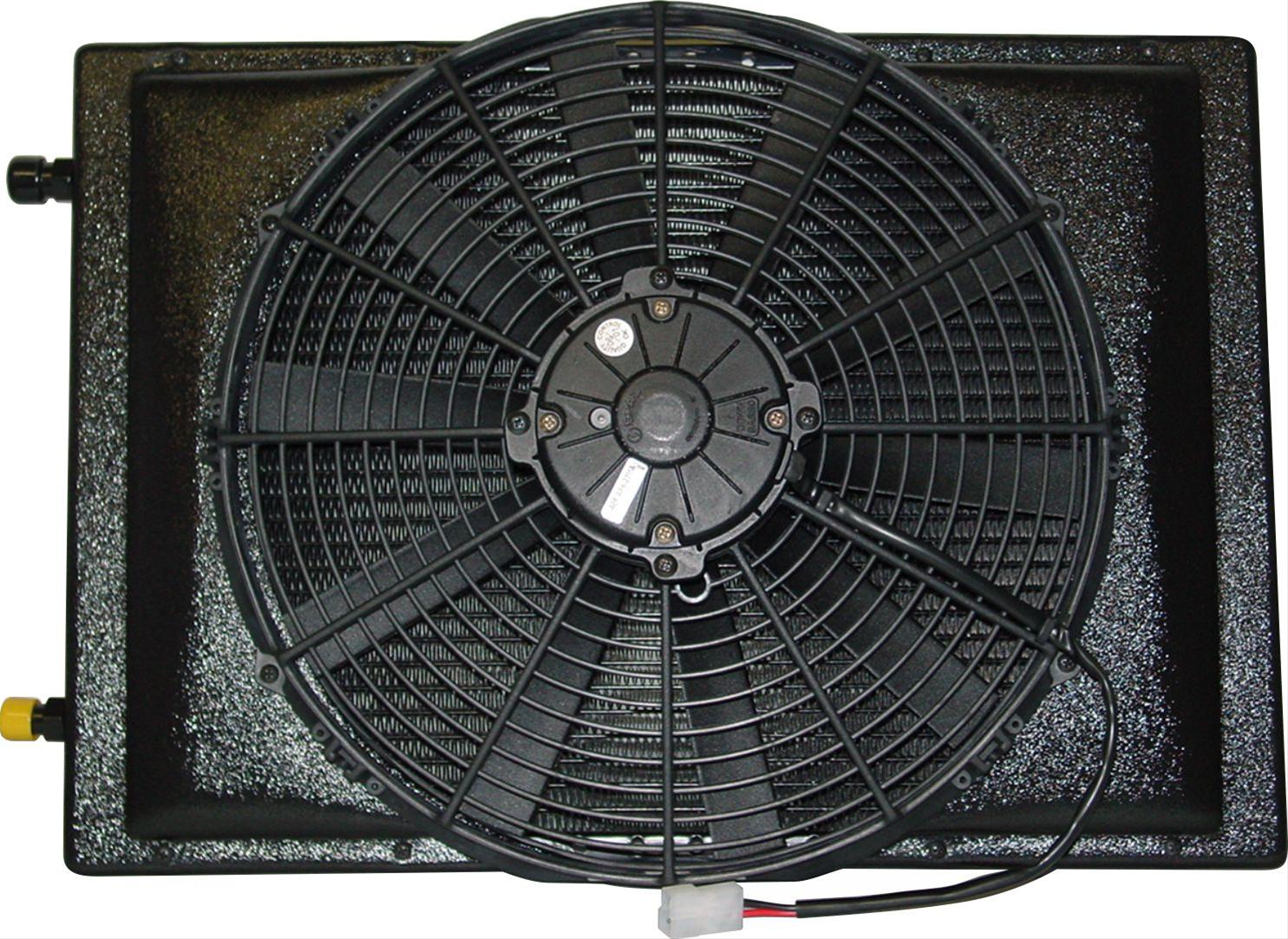Thanks for the good data points and videos for reference. I put in 5oz more refrigerant and it has helped the system out, on the highway I was seeing 55 or so at the vents at 95* ambient so we're moving in the right direction.
After beating on the truck a little to get everything hot, I then sat it in the sun and let it idle to heat soak in the 105* ambient, direct sun for about 20 minutes. After this time, everything was about as hot as you can get it. Measuring the high side, it was around 275 and the low side around 57psi. Interestingly, at this point the rear TXV was wide open, barely cooling the suction lines to about 86*F. I'd guess internal air in the truck was maybe 120*. The front was hanging on, but overall not much air was getting cooled.
This brings up a few questions...
1) I never changed the rear TXV when I flushed and rebuilt the system. It appears to work, but to my understanding the valves are refrigerant specific. Perhaps changing it to a 134 truck's version would help things out?
2) If the rear TXV is wide open but not cooling efficiently, the way I see it is that it isn't getting the constant liquid refrigerant flow it needs. The rear A/C has no receiver-drier. In the OE configuration the long 20' supply line is, I suppose, the 'reservoir' that feeds the valve. Would it be beneficial to plumb a receiver in to feed the TXV more consistently?
2a) Secondarily, in the current situation, the TXV is wide open and -may- not be acting like a restriction as intended. Could this lack of restriction raise suction side pressures making the system cool worse - creating increased heat load on the evaporator, causing a negative feedback loop for the entire system? Perhaps the TXV has an internal orifice limit to try and avoid the potential of it acting as a pass-through instead of a valve.
3) Finally, the ultimate goal I'm looking for is to have lower low side pressures in a properly charged system. If the orifice tube and TXV are fighting each other for refrigerant and obviously doing a poor job of operating as intended, where the rear TXV is starving for refrigerant and the front is therefore likely (?) flooding the evaporator, would putting a dual TXV setup be beneficial to the system? In essence, I'd pull the O-tube and accumulator and plumb in a second TXV or H-block as well as a large receiver-driver to simplify the system and only be pushing liquid refrigerant to both front and rear, and let the valves meter it from there. I can make custom hoses, I'm just trying to visualize the internal imbalance of a O-tube/TXV system as it is currently designed.
Again, thanks for the time and help. Trying to maximize efficiency in these systems has been as frustrating as educational, but without a formal background in it there's only so much I'm able to figure out on the more theoretical side.


